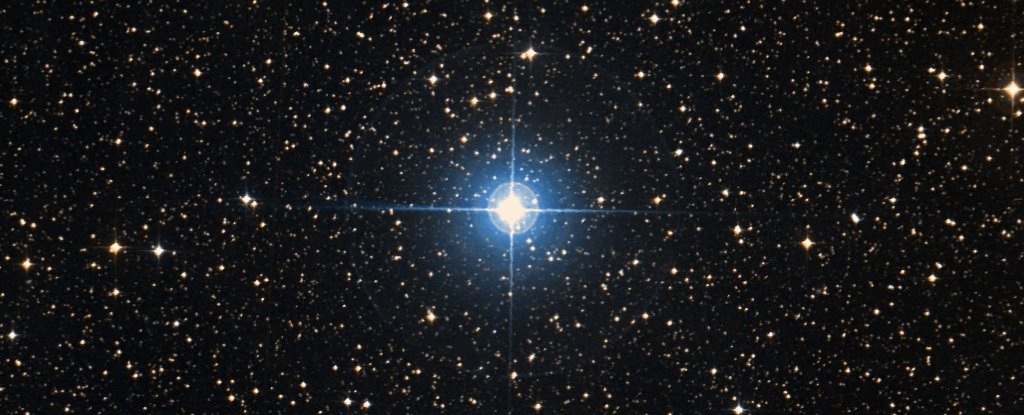
Further analysis revealed that the B3 III star, clocking in at an estimated 6 solar masses, had a roughly 40-day orbit - but the Be star, also estimated to be around 6 solar masses, seemed to be motionless.
If the two stars comprised an equal mass binary, they should orbit a mutual centre of gravity, not one star orbiting the other.
"It is possible that the B3 III stellar component is actually a low mass, stripped down star that is still relatively young and luminous.
In this case, the Be star would be the companion in the 40-day binary instead of a black hole.".
"This indicates," they wrote, "that HR 6819 is a binary system consisting of a massive Be star and a low-mass companion that is the stripped down remnant of a former mass donor star in a mass transfer binary.".
According to their calculations, the Be star would be about 6 solar masses, as previously found; but the B3 III star would be between 0.4 and 0.8 solar masses.
"This indicates that the primary might be a stripped star rather than a B-type giant.
And, in a third paper, currently in preprint, astronomers Kareem El-Badry and Eliot Quataert of UC Berkeley also independently analysed the system's spectra, obtaining masses of 0.47 and 6.7 solar masses for the B3 III and Be stars respectively.
"We argue that the B star is a bloated, recently stripped helium star with mass ≈ 0.5 solar masses that is currently contracting to become a hot subdwarf," El-Badry and Quataert wrote.